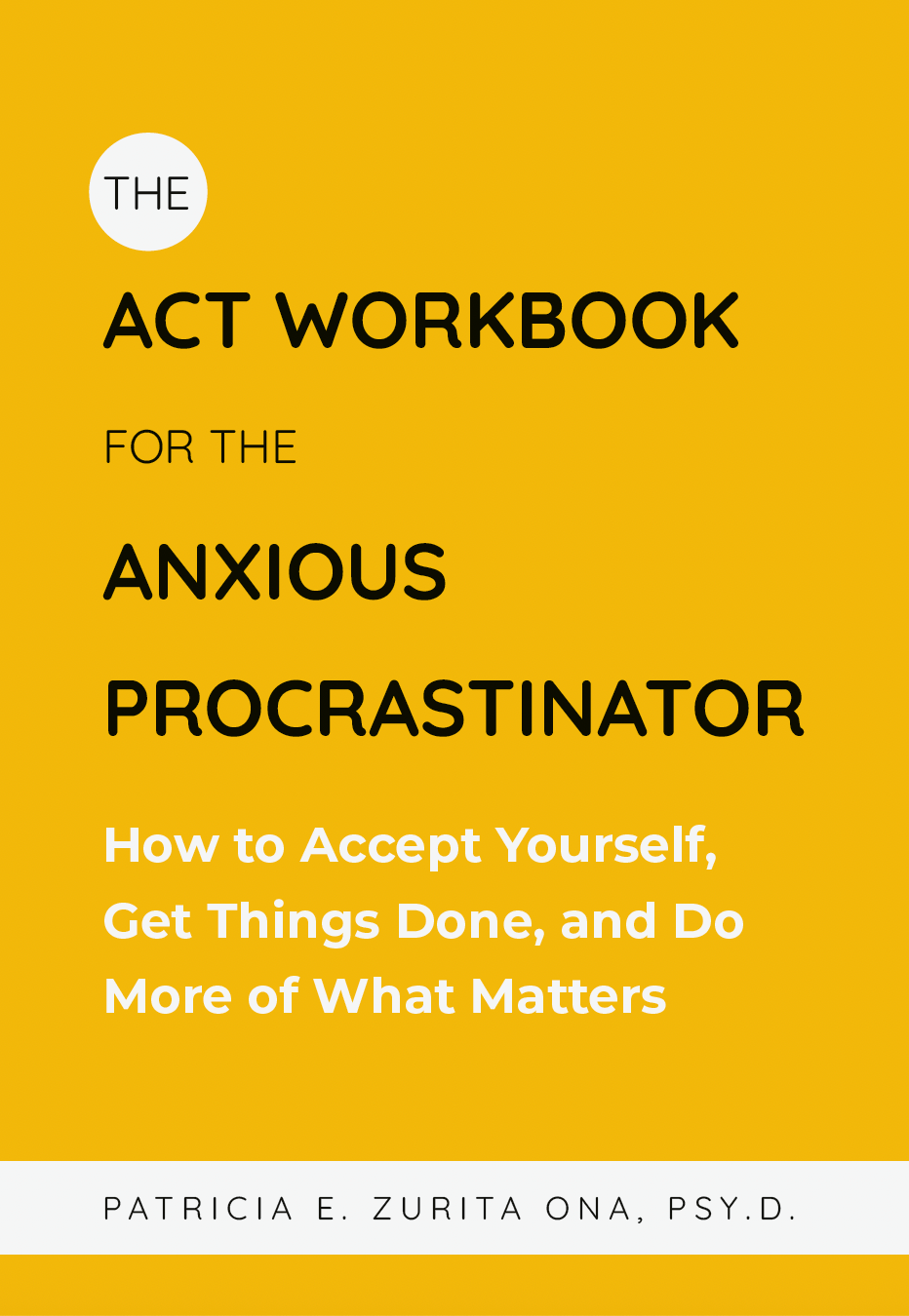
If you’re reading this it’s likely that you or someone you know is in a lot of pain. Imagine for a moment being stranded in the middle of the ocean and suddenly seeing a huge wave coming at you; anywhere you look to escape there’s just more water and the wave is still coming- there’s no place to go, no place to hide. That’s how overwhelming emotional pain can be. On a “good” day you’re stranded, on a “bad” day a tsunami is coming.
When we’re overwhelmed by pain, all types of pain, we want to get out of it at any cost. Who wants to be stranded? Who wants to drown? We feel very lost, terrified, and become desperate. Anything is better that what we’re feeling in the moment.
Two ways in which people try to manage overwhelming emotional pain are suicide and self-injury. Let’s take a look at these coping responses detail.
People who are suicidal are intending to die, they want their lives to end. They think that if they die then they don’t have to deal with the pain any longer. And they’re right. The problem is that death is permanent. Yes, there will be no pain and none of the rest that life has to offer, either. In the moment it seems like none of that is important anymore, but we’ve got blinders on. When we’re especially low nothing else is worth it. We can’t see anything but the wave (“Oh no! Not again!”) and are horrified at thinking about spending one more moment stranded on the ocean (“Even if I wait to kill myself I’ll still have to live another day like this”).
People who self-injure are not intending to die. They want to replace the emotional pain with another feeling- any feeling. Cutting or creating physical pain can help people to take their minds off of the unbelievable emotional tsunami that threatens to knock them over. They’re terrified that they will drown in a sea of sadness or emptiness. In this case, even being stranded on the ocean is better- just please stop that wave!
If you suspect that someone you know is suicidal ask them directly if they’re having thoughts of killing themselves. It’s a myth that asking someone if they want to commit suicide will increase the likelihood that they will do it. On the contrary, asking helps to decrease the likelihood because you can offer alternative resources. In fact, most people who commit suicide let someone know of their intent. You can also try using an easy to remember screener provided by the American Association of Suicidology which will help you to notice the warning signs. Finally, you can pass along the number for the national suicide prevention hotline 1-800-273-TALK (8255). The hotline can get them connected to treatment.
If you suspect that someone is self-harming you can validate that they’re in pain by saying something like “I can’t imagine how horrible you must feel to want to hurt yourself.” Often people who self-harm feel intense shame and guilt, so validating can send the message that you understand and you’re not going to judge them.
Yes, tsunamis are frightening. Being stranded on an ocean is no way to live. And what if you could float, rising and falling with all the waves that come and go? Or maybe you prefer a boat to help you explore? We often find that once we get curious about what’s scary somehow it just isn’t as scary anymore.
You can learn to handle those emotional tsunamis.






